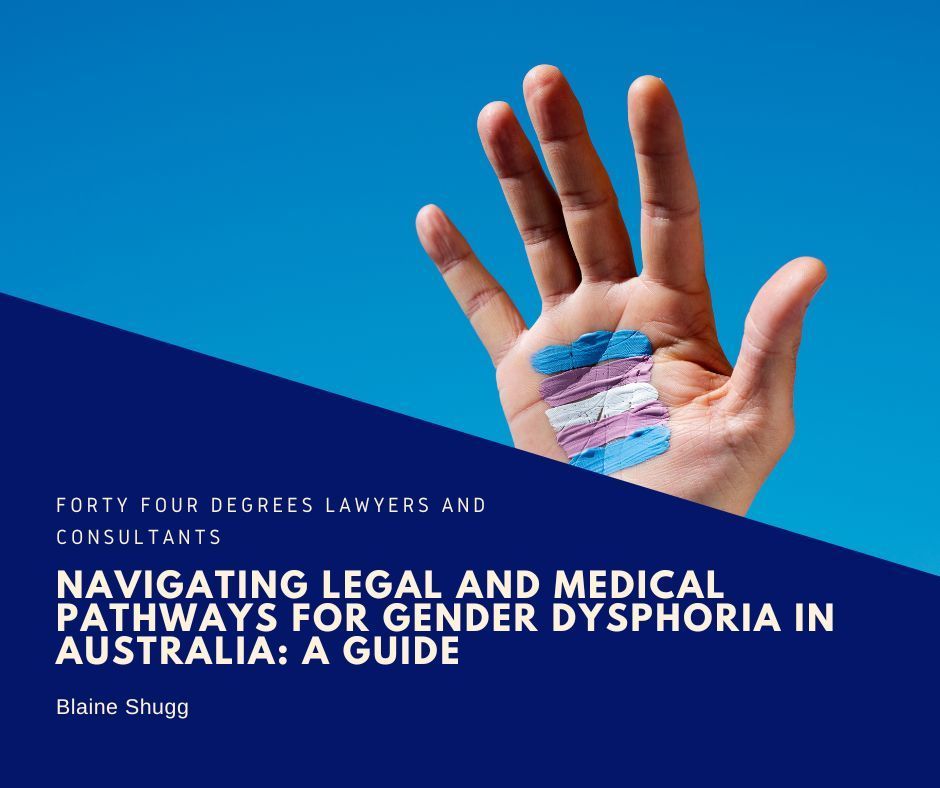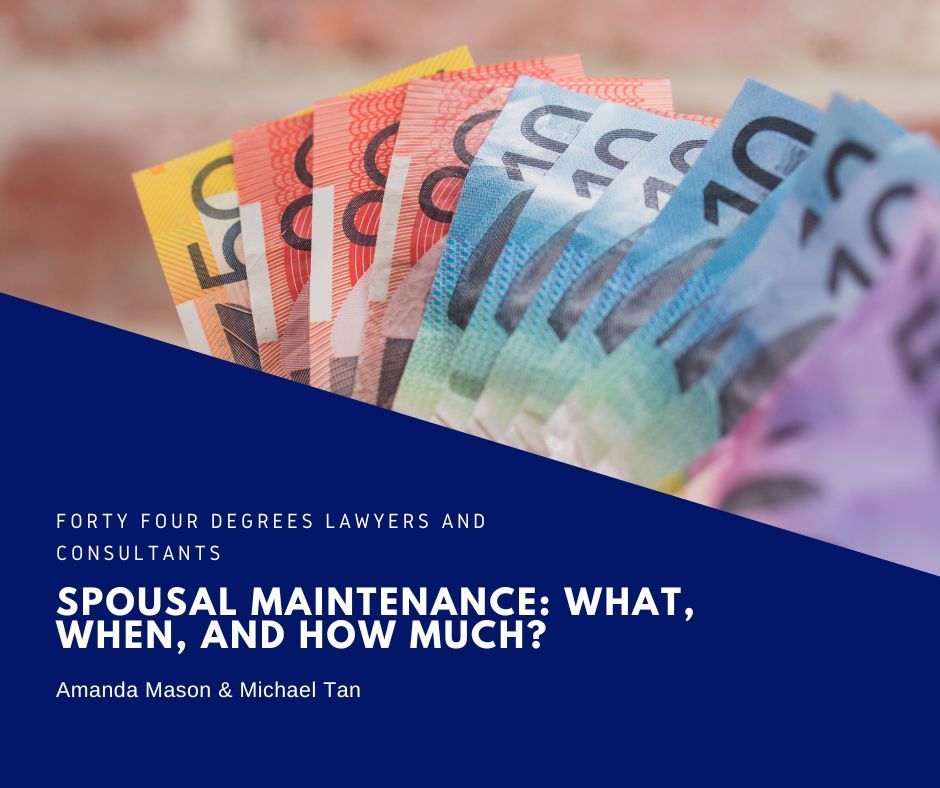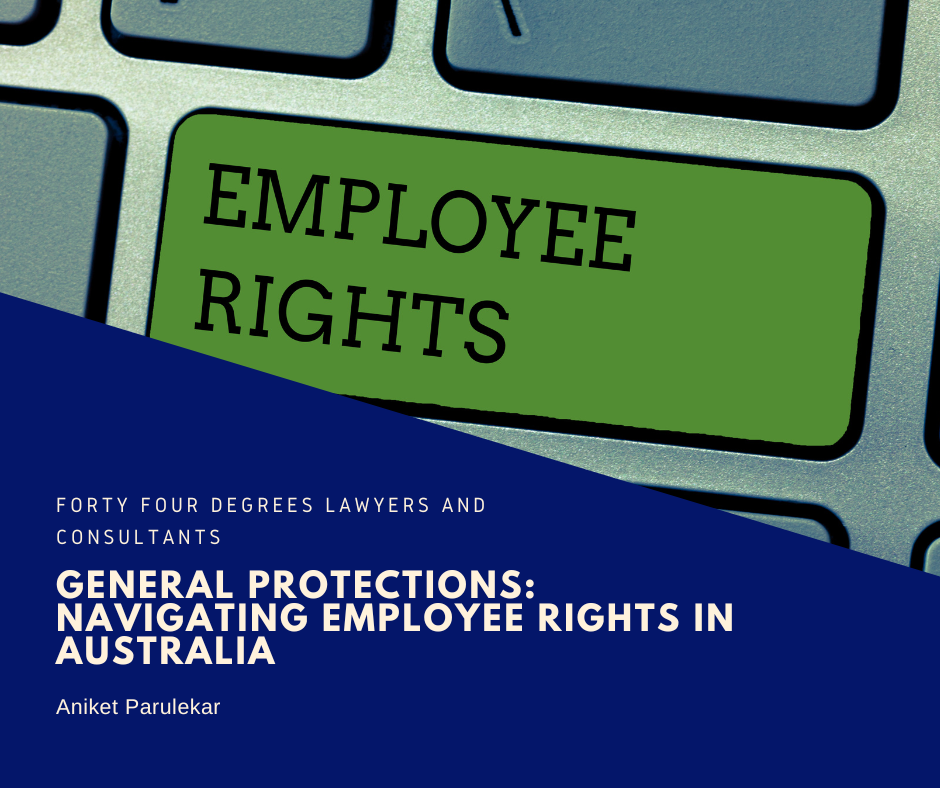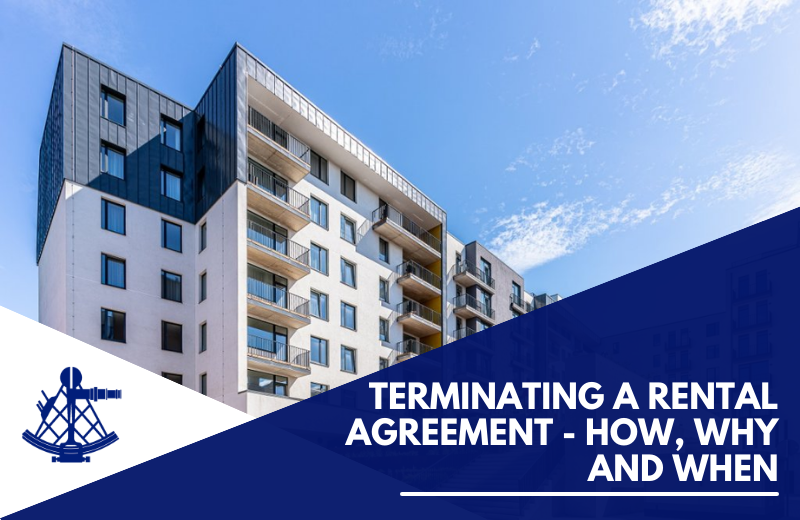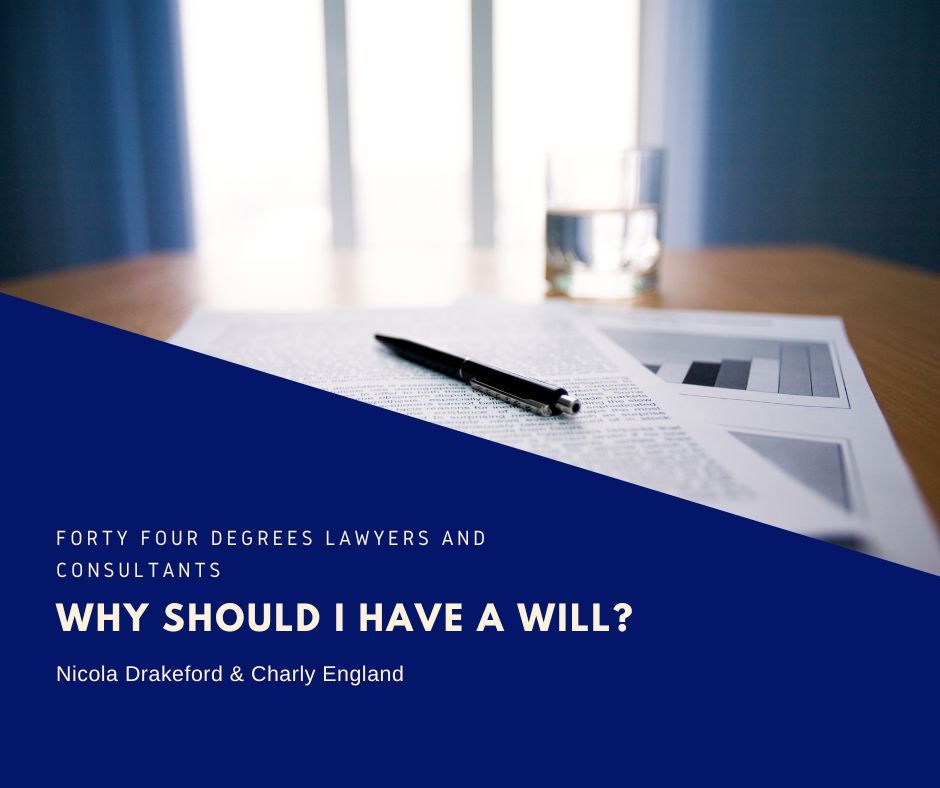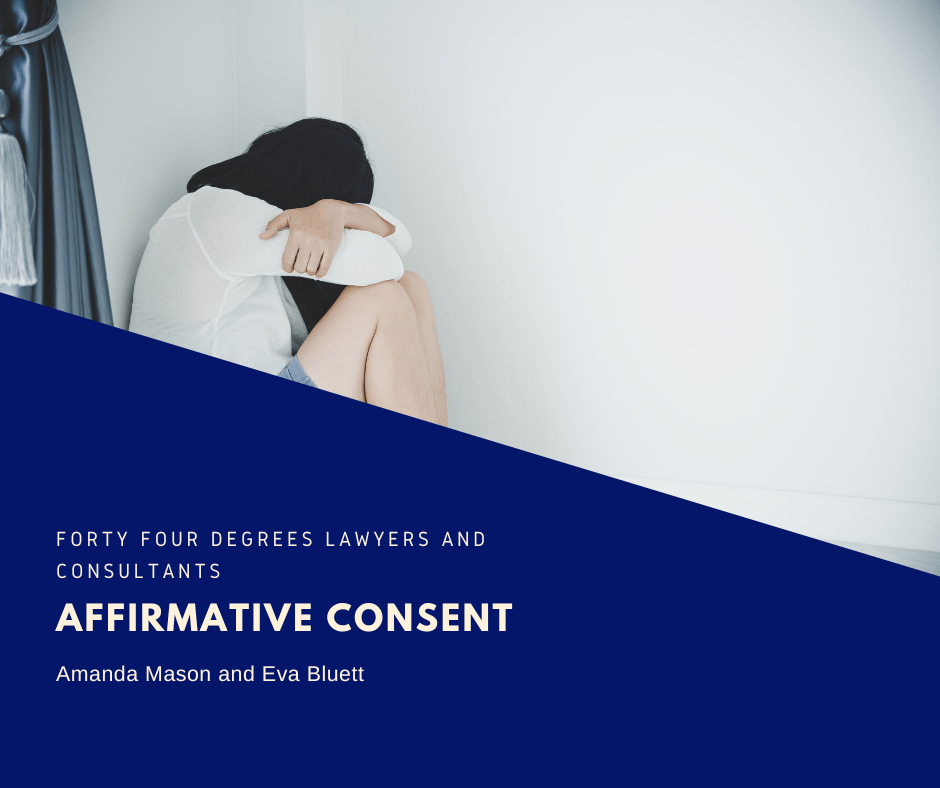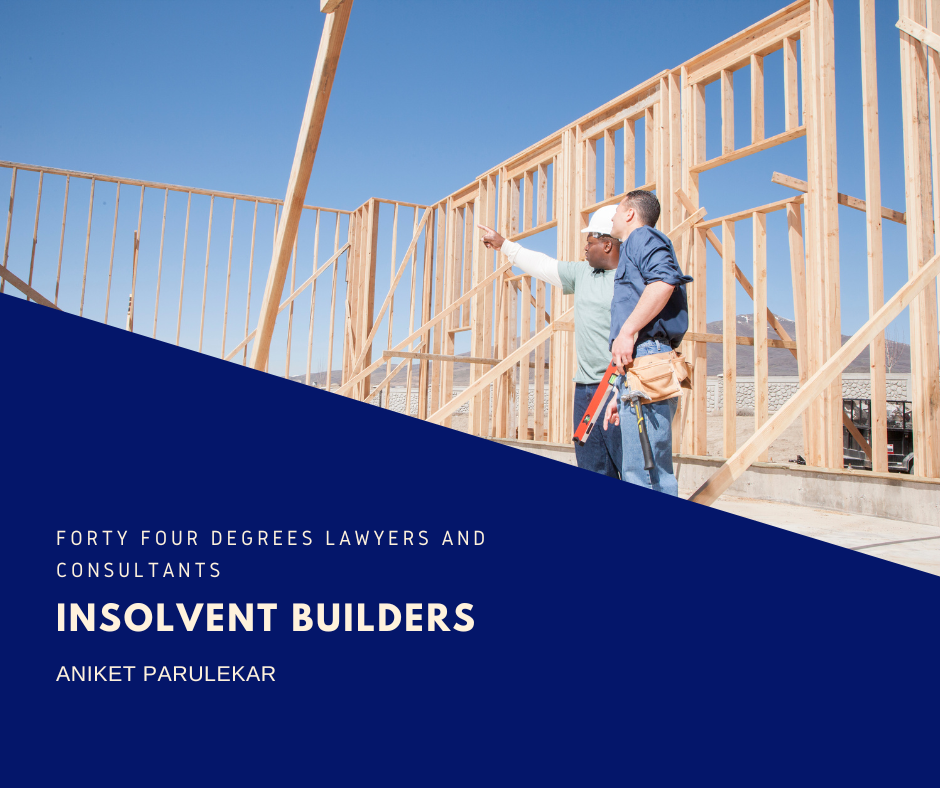Drones and Filming in Australian Parks
Srishti Mahant and Matthew Simone • Aug 31, 2021
Parks and Recreation

Drones have become an increasingly mature technology with increases in range, function and flight control. Combined with their pocket-friendly prices, this has resulted in an exponential growth in the use of unmanned aerial systems (UAS) among consumer groups. In particular, drones have become a must have for both amateur and professional videographers.
Calls for a Framework of Operation
Drones may present issues with physical safety, such as causing inadvertent damage to person or property, or deliberate malcontent attacks.
Despite their size, drones can damage airplanes, resulting in significant costs arising from cancelled or delayed flights. The Civil Aviation Safety Authority restricts any drone over 250 grams from being operated within 5 kilometers of a controlled airport.
Drones also present issues surrounding privacy. With a flying camera the potential for abuse of privacy by individuals, governments and corporations is quite significant. They also can simply be a nuisance to public through improper or careless operation.
It is to address these issues that the current Australian framework strives to both allow creative freedom whilst attempting to mitigate some of the dangers and consequences of having an UAS in the hands of untrained and unlicensed operators.
Parks and Recreation
Parks tend to get a high volumes of drone users due to their scenic natural beauty and potential for videography and photography. This has prompted the federal and state governments to create rules that balance freedom and safe use. The divergence between commercial users (film studios, TV productions, professional photographers) and amateur enthusiast is acknowledged and adopted into the current framework. Drone regulation in Australian parks provide a neat comparison to the United States whose own federal system has seen its own unique federal and state regulation of drones in their national parks.
THE AUSTRALIAN FRAMEWORK FOR DRONE USE
1. Commonwealth Framework
The most important piece of legislation covering the use of drones or remotely piloted aircraft (RPA) is the Civil Aviation Safety Regulations 1998
(Cth) (‘CASR’). These Regulations cover the ownership and use of drones in Australia. Helpfully the CASR provides categories for drones as seen below:
• Micro RPA – gross weight of 100 g or less• Very small RPA – gross weight of more than 100 g but less than 2 kg• Small RPA – gross weight of at least 2 kg but less than 25 kg• Medium RPA – gross weight of at least 25 kg but not more than 150 kg• Large RPA – gross weight of more than 150 kg
The weight classifications for drones impacts who can operate them, where they can operate (as seen in the above example of drones near airports) as well as what the licensing and training requirements are for operators. Most consumer grade drones would fall within the purview of micro very small and small RPA’s which per regulation 101.237 can be operated without remote pilot licenses and permissions. However the RPA must be operated for one of the below purposes:
(d) for the purposes of one or more of the following:
(i) Aerial spotting;(ii) Aerial photography;(iii) Agricultural operations;(iv) Aerial communications retransmission;(v) The carriage of cargo;(vi) Any other activity that is similar to [such activities]; and
for which no remuneration is received by the operator or the owner of the RPA, the owner or occupier of the land or any person on whose behalf the activity is being conducted;
Regulation 101.237(d)(vi) is especially interesting because of its exclusion of paid work which as will see below is reflected again in how the government has governed commercial and amateur operators.
Remote Pilot Licenses(RPL) – Application Process
An RPL is required if an individual wishes to:
- be a remote pilot for an individual or business that holds a remotely piloted aircraft operator’s certificate (ReOC); or- fly a drone or remotely piloted aircraft (RPA) that weighs more than 25 kg but less than 150 kg over their own land.
An application for an Aviation Reference number can be completed online on the CASA website. Following this, an RPL certified training provider must be organized. Training providers can also be found on the CASA website. After having undergone training with the instructor, the instructor will apply on the applicant’s behalf who will then be required to pass a theory course and a practical skills course.
Alternatively, one can use prior aviation experience to demonstrate to a RPL training instructor and then submit supporting documentation to CASA to get the RPL in that manner.
Breaches of Commonwealth Drone Regulations
Breach of the regulations around flying drones are dealt with by CASA and complaints can be made by the police, the public at large, Australia’s national drone detection system or any authorized representative of CASA. CASA has discretion to either educate the individual that has broken the regulations around drone safety guidelines, to issue a formal warning or to issue an infringement notice.
CASA has the ability to fine an individual up $1,000 for each offence. Serious offences or a refusal to pay a fine can result in an individual being referred to the court system where they can be convicted of a crime, restricted from flying and fined up to $11,000. For a breach of the regulations around interfering or being hazardous to aircraft an individual can be fined up to $26,640 and imprisoned for up to two years.
2. State Framework
Currently state legislation in connection to drones is restricted to laws that deal with surveillance devices. Queensland, Tasmania and Canberra do not have any legislation dealing with this subject. The relevant section in Victoria’s legislation is section 7 which prohibits the use of an optical surveillance device to record or observe a private activity to which the person is not a party. The other states legislation is similar in scope and function.
State Relevant legislation
New South Wales Surveillance Devices Act 2007 (NSW)
Northern Territory Surveillance Devices Act 2007 (NT)
South Australia Surveillance Devices Act 2016 (SA)
Victoria Surveillance Devices Act 1999 (Vic)
Western Australia Surveillance Devices Act 1998 (WA)
DRONES IN AUSTRALIAN PARKS
State regulations vary and must be looked at individually depending on the location of the operator. All Australian states levy charges on drones for commercial filming and photography, whether sole trader individuals or large tv and film productions. So if you are a budding YouTube star, listen up.
All the states use a permit system which will depend on the type of use and the type of drone being used with permits being required for larger projects and larger drones. Some states, such as Victoria even require that all drones that are being flown must be operated by a certified CASA operator. As seen below the variations between Victoria, New South Wales and Queensland in regulating drones are significant however the other states also have their own frameworks.
Victoria
Victoria requires permits for all drone filming and photography regardless of intent or purpose. All drone operators regardless of weight must be a fully licensed pilot or a CASA certified operator. To apply for a permit an application to Parks Victoria must be given 20 business days prior. The cost for making a permit application for using a drone in a Victorian park is $199.80.
New South Wales
New South Wales unlike Victoria does not operate on a blanket permit system. The system in New South Wales only requires a permit if the filming and photography is commercial in nature and does not give specific guidance in relation to the use of drones. The New South Wales Parks and Wildlife Service only has control of low flying aircraft with the regulations established under the CASR regime otherwise applying. To apply for such a permit for a commercial require 7 days lead in and range in cost from $120 to $1,500.
Queensland
Queensland lands somewhere in-between New South Wales and Victoria in the stringency of its regulations surrounding the use of drone photography in parks. In Queensland, a permit is required if the drone weighs over 2kg and more than 11 people are involved in the production or have filming structures. However, all people regardless of purpose or group size must give 14 days notification to Queensland Parks and Wildlife Services of intended use of the drone, with fees ranging from $189 to $3,781.00.
New South Wales regulation is an apparent example of how state regulation of this new technology is almost completely absent. The states regulations also fail to grasp the emerging new independent creators operating as youtubers, vloggers and freelance content creator. However, Queensland’s approach of basing its permit and fee structure on production size and filming structures might be effective in capturing the difference between old and new media productions.
Drones in Other Jurisdictions - America’s National Parks
America like Australia operates within a system that divides power between state governments and a federal government. It is the responsibility of the United States federal government to regulate the National Parks system while it is the responsibility of the states and local governments to administer non national parks.
Unlike Australia the rules surrounding the use of drones varies between parks within the states themselves depending on whether the park is national or non-nationally administered. Regulation 36 CFR 1.5 prohibits all unmanned aerial vehicles from being operated in national parks, including drones and model airplanes. However, similar to Australia the National Park service can issue permits for special use of drones, while superintendents of specific parks can use there discretion for the use of drones in parks for recreation. Should an individuals break the regulations they will be liable for a penalty of six months in jail or a $5,000 fine.
The rationale that the national Park Service has supplied for the strict regulation of drones over national park airspace is to preserve the enjoyment of visitors, to protect the natural wildlife and protect the safety of visitors. The American national park restrictions are so wide that they even apply to drones launched and operated on land outside the national park but flies in the airspace of the national park.
Srishti Mahant
is a lawyer at Forty Four Degrees Lawyers and Consultants. She advises clients on issues spanning the arts, technology, and commercial enterprise.
Contact Us
We’re an Australian Law Firm promoting a nuanced, personal touch. We have the skills you need to resolve your case quickly and with a positive outcome. Our straight talking team stays close to simplify what is most often a complicated process. We help individuals and businesses with technology and startup law, property law including conveyancing and leasing, commercial law, civil litigation, wills, estates, bankruptcy, insolvency, criminal law, and professionals facing investigations and charges from their regulatory body.
We have a connected network of talented lawyers in Melbourne CBD, Dandenong, Ballarat, and Ivanhoe East.
Fill out the form or call us on 1300 892 237.
Thank you for contacting us.
We will get back to you as soon as possible
We will get back to you as soon as possible
Oops, there was an error sending your message.
Please try again later or call us on 1300 892 237.
About Us
We do business your way.
203/ 50 Market St, Melbourne VIC 3000
50 Lydiard St South
Ballarat Central VIC 3350

